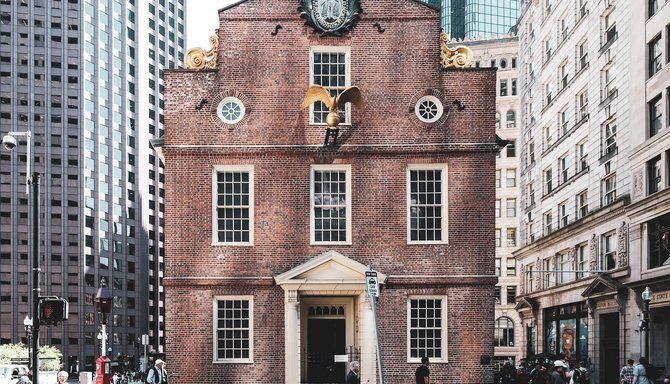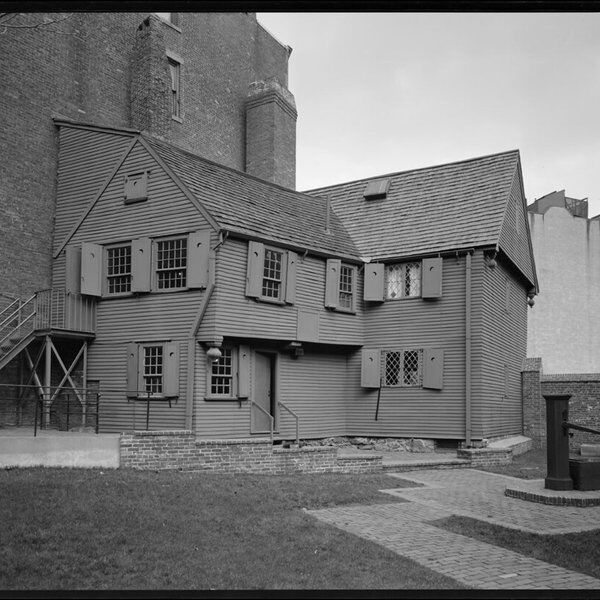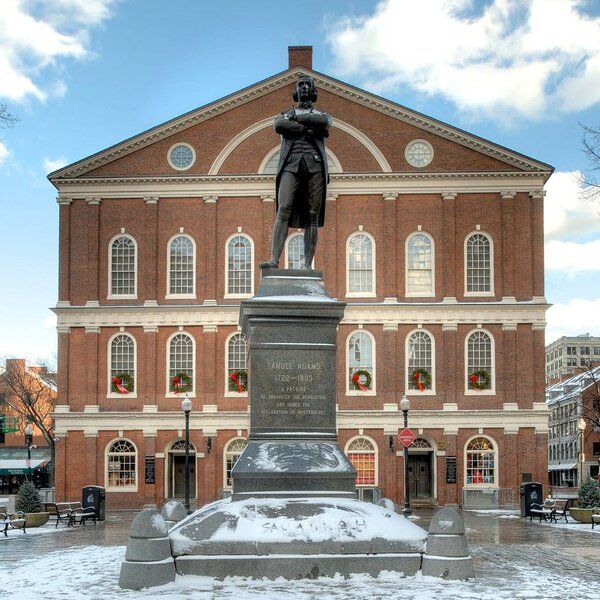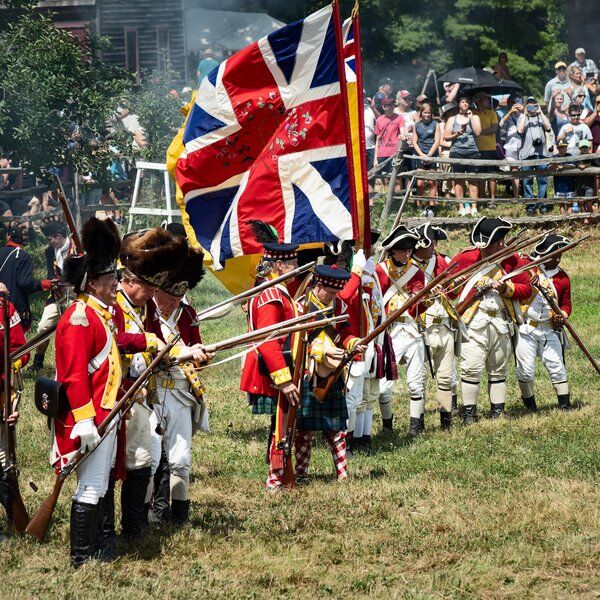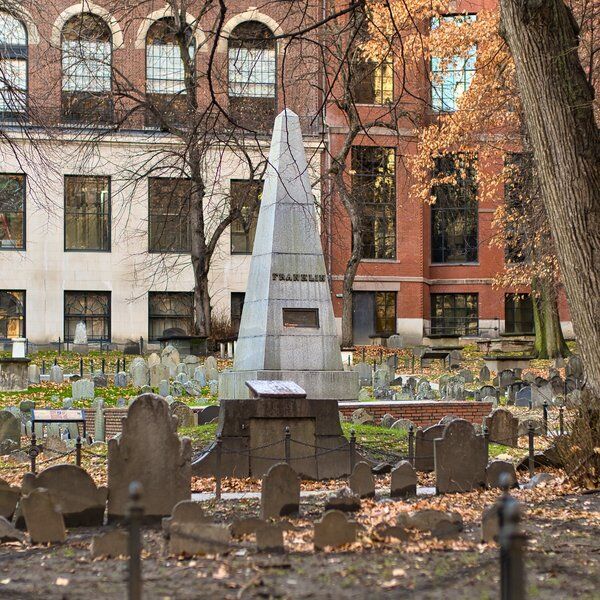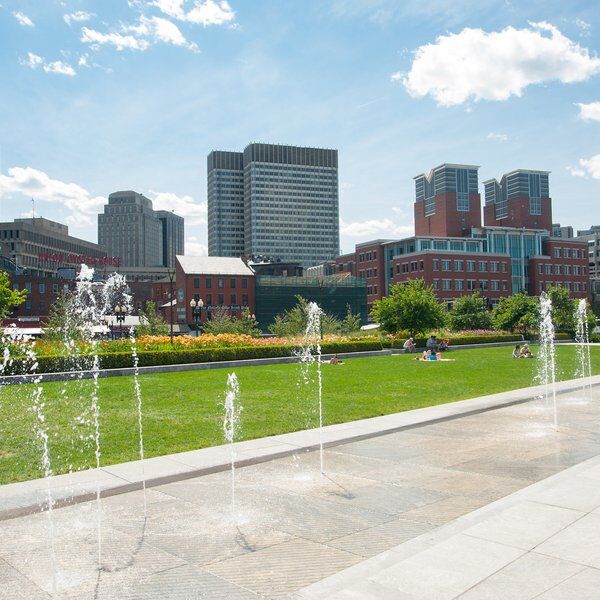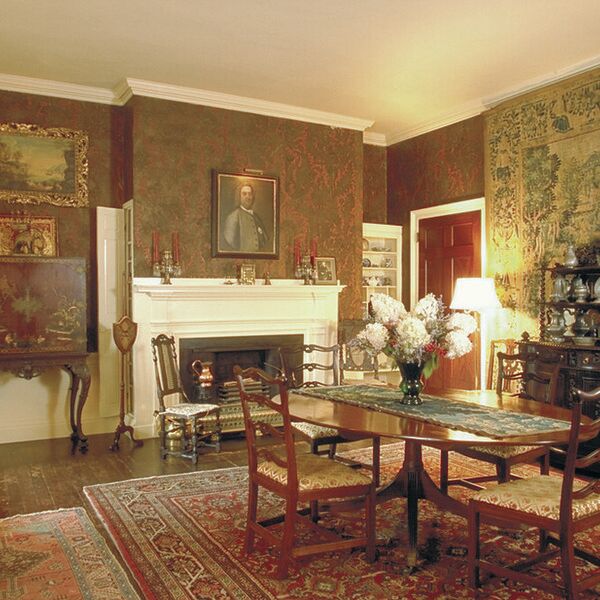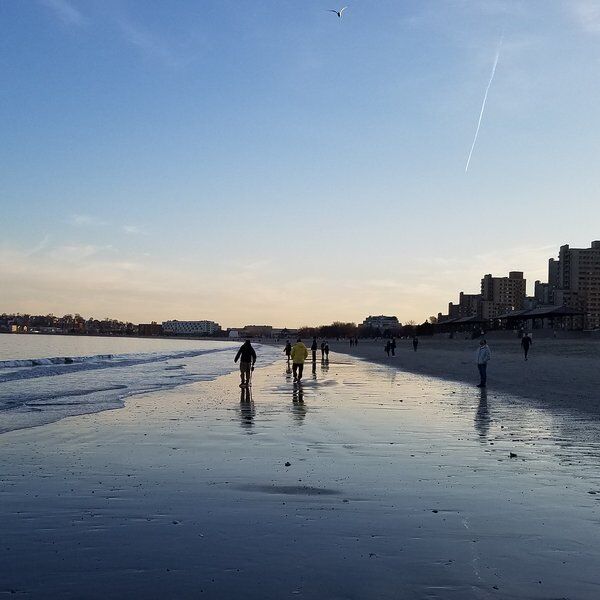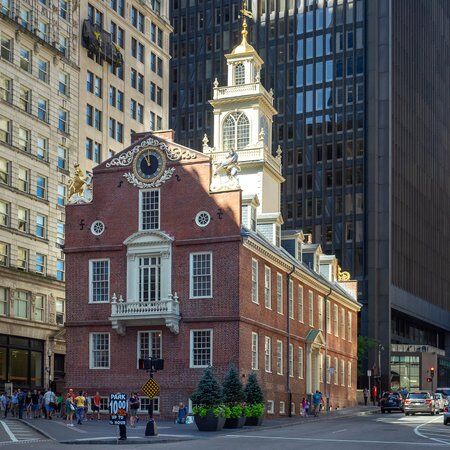
Discover the Old State House Boston
The Old State House Boston, proudly standing among the skyscrapers of downtown Boston, is a monumental piece of American history. Often referred to as the cradle of American liberty, this building witnessed some of the most pivotal moments in the nation’s quest for liberty. For those visiting Boston, the Old State House is not just another historic site; it’s a gateway to understanding the origins of the United States and the birth of American democracy.
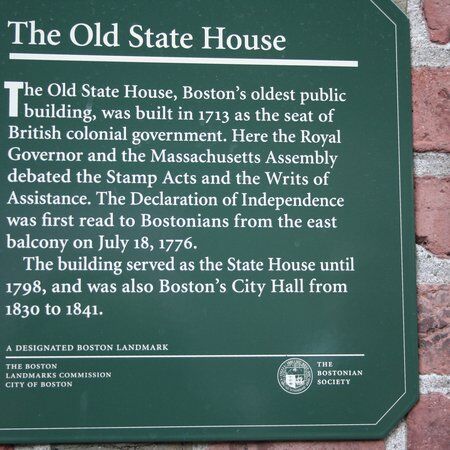
The History of the Old State House Boston
Colonial Beginnings
The Old State House, originally known as the Massachusetts Town House, was constructed in 1713, replacing a previous wooden structure that was damaged by fire in 1711. The new building, made of brick, became a base for the colonial government in Massachusetts; the General Court convened here and the Royal Governor, appointed by the British crown, had an office onsite.
The building was designed to serve multiple functions. The first floor housed a bustling Merchant's Exchange, while the basement was used as a warehouse. The second floor was dedicated to government functions, with the east end serving as the Council Chamber of the Royal Governor, and the west end housing the courts, including the Massachusetts Supreme Judicial Court, one of the oldest courts in continuous existence in the United States.
A significant feature of the Old State House was the inclusion of public galleries in the chambers of the Massachusetts General Court. This allowed citizens to observe legislative proceedings—a concept that would later become a staple feature in the system.
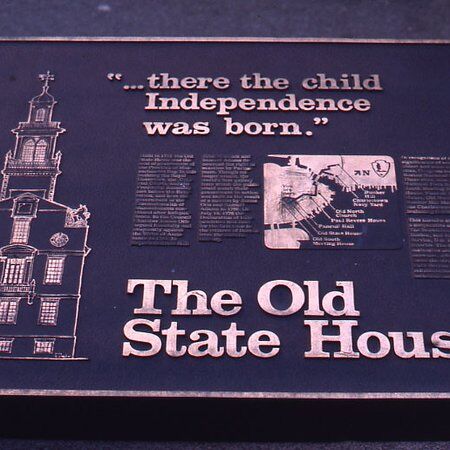
The Road to Revolution
The Old State House was more than just a government building; it was a stage for the growing tensions between the American colonies and the British crown. In 1761, James Otis delivered a fiery speech in the Royal Council Chamber against the Writs of Assistance, British legal documents that permitted the search of colonists' homes without specific warrants. Though Otis lost the case, his arguments laid the groundwork for the American Revolution.
One of the most infamous events in American history, the Boston Massacre, took place right outside the Old State House on March 5, 1770. A confrontation between British soldiers and Boston citizens escalated into violence, resulting in the deaths of five colonists. The event was a turning point in the relationship between Britain and its American colonies, leading to the rebellion.
Read more about the Boston Massacre Site here: Boston Massacre Site.

Colony to Commonwealth
The Old State House played a crucial role during the American Revolution. On July 18, 1776, Colonel Thomas Crafts stood on the east balcony of the building and read the Declaration of Independence to the citizens of Boston for the first time. The reading was met with jubilation, and in a symbolic act of defiance, the lion and unicorn statues—emblems of British monarchy—were torn down and destroyed in a bonfire.
After the Revolution, the Old State House served as the seat of the Massachusetts state government until 1798, when the new Massachusetts State House was completed on Beacon Hill. During this period, the building continued to be at the center of political activity and governance, hosting events and decisions that shaped the early years of the Commonwealth.

Transforming into City Hall and Beyond
In 1830, the Old State House transitioned to a new role as Boston’s City Hall. During this time, the building underwent a lot of interior renovations, including the addition of a spiral staircase by architect Isaiah Rogers. The Old State House also provided temporary refuge to abolitionist William Lloyd Garrison, who was being hunted down for his views against slavery in 1835.
After Boston’s City Hall relocated in 1841, the Old State House entered a period of decline, being rented out for commercial use. The building housed a variety of businesses, and its exterior became cluttered with advertisements. It seemed as though the building’s historical significance was being forgotten.
Preserving the Legacy of the Old State House in a Museum
The late 19th century saw a renewed interest in preserving the Old State House. In 1881, the Bostonian Society was formed with the goal of saving the building from potential demolition. Restorations were carried out, and in 1882, replicas of the lion and unicorn statues were placed atop the east parapet of the building, honoring its colonial past.
The Old State House became a museum dedicated to Boston’s history, particularly its role in the American Revolution. Today, despite the encroaching skyscrapers, the building’s colonial architecture stands out, making it a reminder of the city’s revolutionary past. The museum, now operated by Revolutionary Spaces—the merging of the Bostonian Society and the Old South Association—continues to educate visitors about the building's significance.

Key Exhibits at the Old State House
The Old State House museum, which operates year-round, offers a range of exhibitions and programming, many of which focus on the Boston Massacre.
The Council Chamber
The Council Chamber was once the meeting place for the Royal Governor’s Council. Visitors can explore this historic room where debates over British policies and colonial rights were held, leading up to the revolution.
The Boston Massacre Exhibit
One of the most significant events in American history, the Boston Massacre, took place just outside the Old State House on March 5, 1770. The exhibit delves into the details of the confrontation between British soldiers and Boston citizens, providing insight on the tensions that ignited the American Revolution.
The John Hancock Gallery
This exhibit highlights the life and legacy of John Hancock, a prominent patriot who was one of the signers of the Declaration of Independence. The gallery features personal artifacts, documents, and stories that shed light on Hancock’s influence in the early days of the nation.
The Council Chamber Balcony
Visitors can step out onto the balcony where the Declaration of Independence was first read to the citizens of Boston on July 18, 1776—a true turning point in the fight for independence.

Visiting the Old State House Boston
Opening Hours
- Daily: 9:00 AM – 5:00 PM
- Holidays: Closed on Thanksgiving Day, Christmas Day, and New Year's Day.
Admission Fees
- Adults: $15.00
- Children (5-12): $8.00
- Seniors (62+): $14.00
- Students: $14.00
Parking Information
- Nearby Parking: There are several parking garages nearby, including the 75 State Street Garage and the Post Office Square Garage. However, parking can be limited, especially during peak tourist seasons.
Public Transportation
- Subway: The Old State House is easily accessible via the MBTA. Take the Orange or Blue Line to the State Street station, which is located directly beneath the Old State House.
Tips for Visiting the Old State House
- Guided Tours: Consider joining a guided tour to get the most out of your visit. Knowledgeable guides provide in-depth information about the building’s history and its significance during the American Revolution.
- Plan Your Visit: The Old State House is part of the CityDays Finding Freedom scavenger hunt trail, a 1.3-mile-long path through downtown Boston that passes by lots of significant historical sites such as Faneuil Hall and the Paul Revere House.
- Photography: While photography is allowed in most areas of the Old State House, be mindful of other visitors and the preservation of the exhibits.
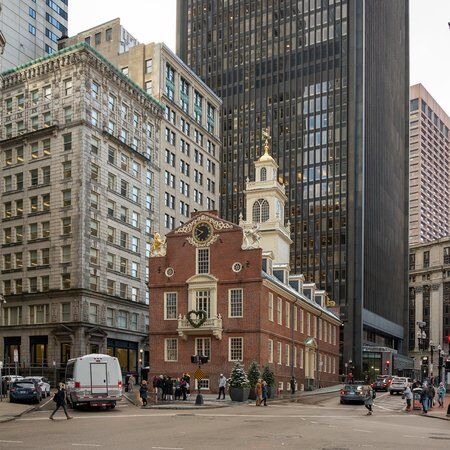
Discovering the Finding Freedom Trail with CityDays
The Old State House is a key stop on CityDay’s Finding Freedom scavenger hunt, a 2 km trail that guides you through the city using clues that place you in the midst of Boston’s rich past.
Beginning at Christopher Columbus Park, the trail guides visitors through some of the oldest and most storied parts of the city, including landmarks such as the Old South Meeting House, Post Office Square, and Quincy Market. Along the way, you'll discover sites of historic unrest, fires, and revolutions, with plenty of opportunities to stop at charming spots to eat, drink, and shop.
For more information on CityDays’ scavenger hunts in Boston, and all over the world, click here: Boston Scavenger & Treasure Hunts | CityDays.
